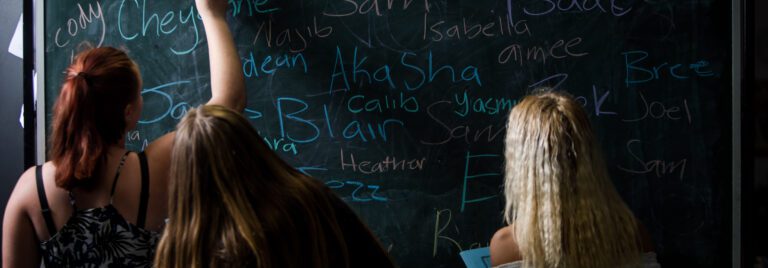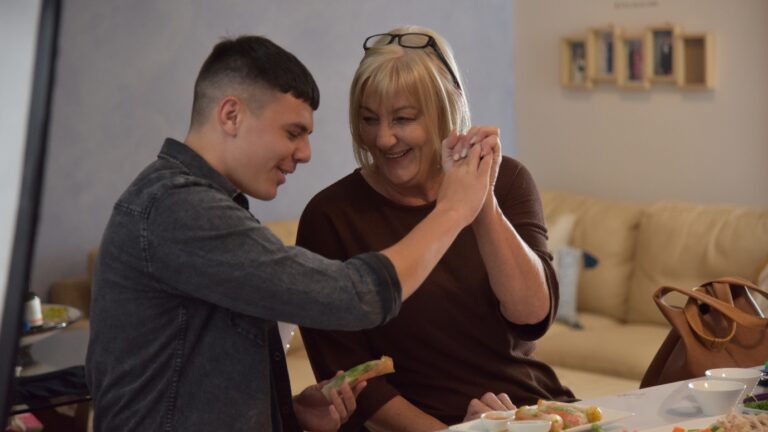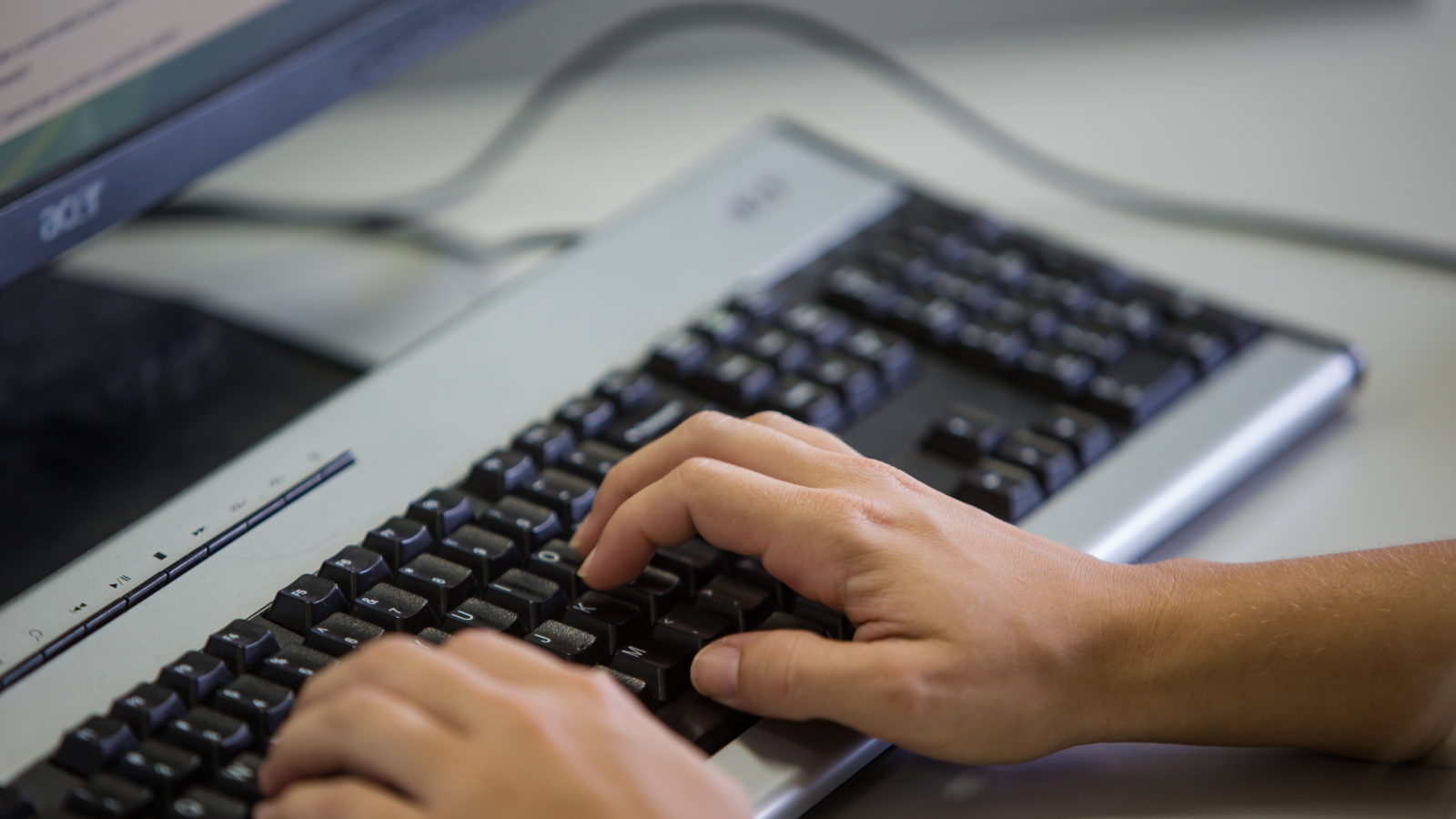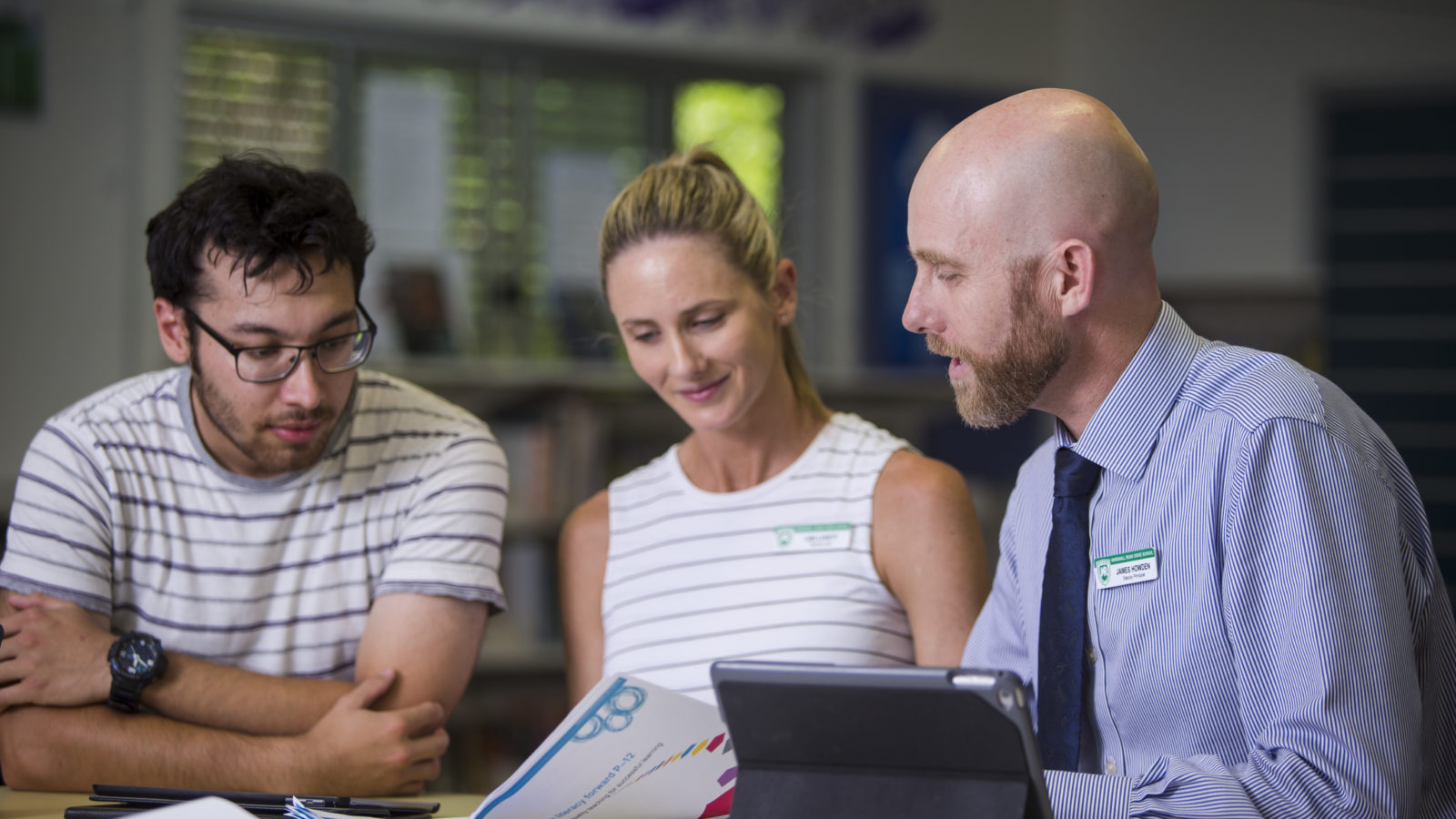Key Points
- Every child has the right to learn in a safe and supportive school.
- Behaviour is learned so young people need to be taught what is expected of them.
- A school’s Student Code of Conduct sets out how students are expected to behave at school.
- The code explains how school staff help students learn what is expected of them and how they support students to meet the school’s expectations for behaviour.
- Work with the school to help your child learn what is expected of them.
To create a safe and supportive learning environment for every child, schools create a Student Code of Conduct with their community so everyone – students, staff and parents – understands what behaviour is expected from each student and how the school’s staff and families can support students to learn the expected behaviours.
What’s new?
From the start of 2021, every Queensland state school will have a Student Code of Conduct. The new code replaces the existing Responsible Behaviour Plan for Students.
What does the Student Code of Conduct tell me?
The Student Code of Conduct is a document that explains how a school expects its students to behave, how the school will support students to meet these expectations, and how it uses disciplinary consequences. The Student Code of Conduct includes:
- how the school teaches the behaviours to suit the learning needs of different students
- how the school supports students who need intensive teaching to learn behaviours
- how the school uses disciplinary consequences to help students understand the behaviour expected of them
- how the school will respond in emergencies involving student behaviour.
Where can I find it?
The Student Code of Conduct is published on a school’s website.
What happens if my child does not follow the Student Code of Conduct?
Generally, teachers set age-appropriate behavioural expectations. When necessary, teachers provide feedback to students in a respectful and calm way, and are clear about the behaviours they would like to see. Some students will need additional support to help them practise the expected behaviours. On rare occasions, a student might do something so serious – such as causing harm to other students or staff – that the principal may decide that a suspension or exclusion is needed.
Schools and parents working together
Everyone benefits when schools and parents work together to support students in learning what is expected of them. Stay in touch with your child’s school and let them know if you have any concerns about your child’s behaviour at home or at school. The school will work with you to support your child’s learning and behavioural needs.
Worked with the school and things are still not working out?
If you have worked closely with your child’s school but have been unable to resolve problems relating to your child’s behaviour, then it is time to contact your local regional office to seek support.
And if your child goes to a non-government school?
Independent and Catholic schools will have their own codes and policies to create safe and supportive learning environments for their students. Contact your child’s school to find out more.
Find out more
Visit the Queensland Department of Education behaviour website.
Last Updated: 22 February 2024





